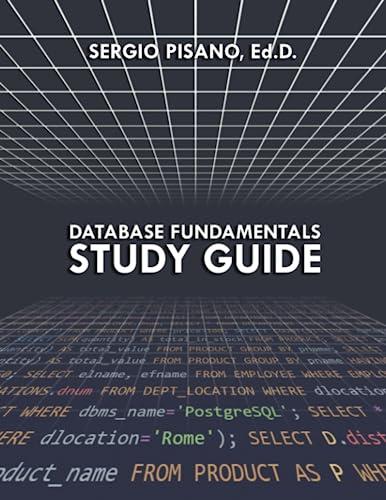Question
Question 4: a. Assume we perform a known-plaintext attack against DES with one pair of plaintext and ciphertext. How many keys do we have to
Question 4:
a. Assume we perform a known-plaintext attack against DES with one pair of plaintext and ciphertext. How many keys do we have to test in a worst-case scenario if we apply an exhaustive key search in a straightforward way? How many on average?
b. One important property which makes DES secure is that the S-boxes are nonlinear. In this problem we verify this property by computing the output of S1 for the input pairs x1 = 111111 and x2 = 000001. Question 5:
In DES, let the key K64 = 000000000000000F16
a. Find the 56-bit key K56.
b. Find the subkey k1 for the first round
c. Find the subkey k16 for the last round. Question 6:
In DES, Let k1 = 00000000090416 and R0 = 0000808016 be the inputs of the f-Function, find the output as follows:
a. Find the expansion E(R0).
b. Find E(R0) k1.
c. Find the substitution S(E(R0) k1)
d. Apply the permutation P(S(E(R0) k1)).
Question 7:
in DES, let the Message M = 000000000000000F16
a. Apply the initial permutation to this message.
b. Find L0.
c. Find R0. '
d. Find L1.
Step by Step Solution
There are 3 Steps involved in it
Step: 1

Get Instant Access to Expert-Tailored Solutions
See step-by-step solutions with expert insights and AI powered tools for academic success
Step: 2

Step: 3

Ace Your Homework with AI
Get the answers you need in no time with our AI-driven, step-by-step assistance
Get Started


